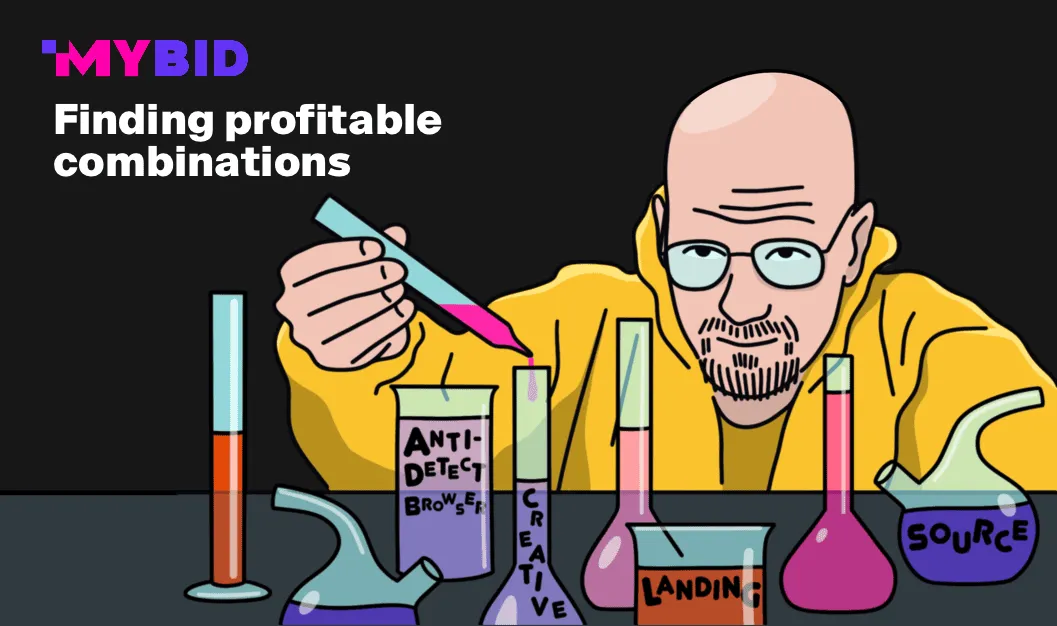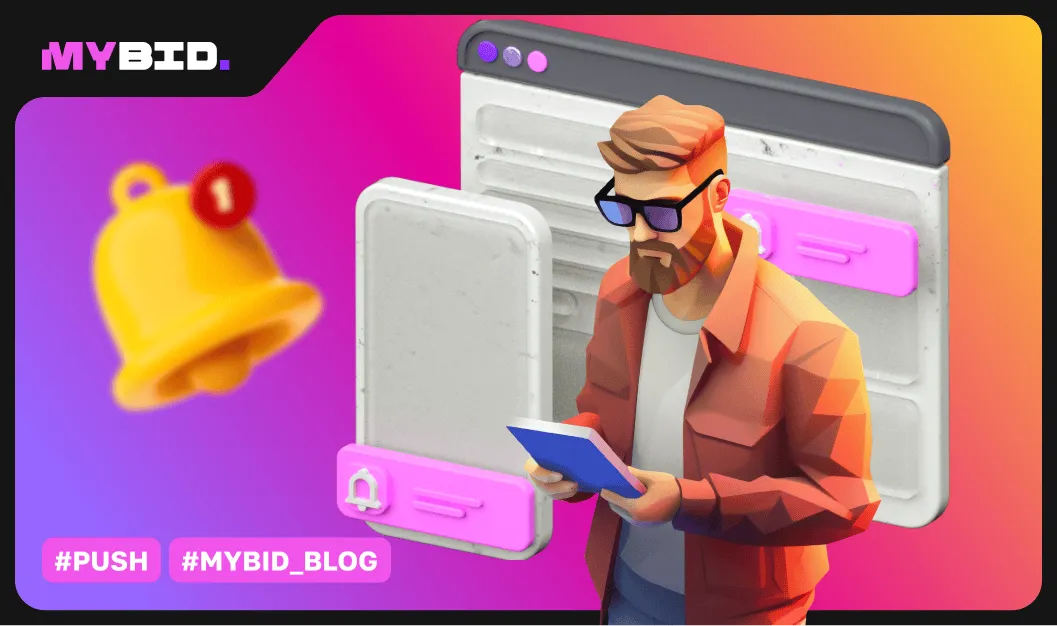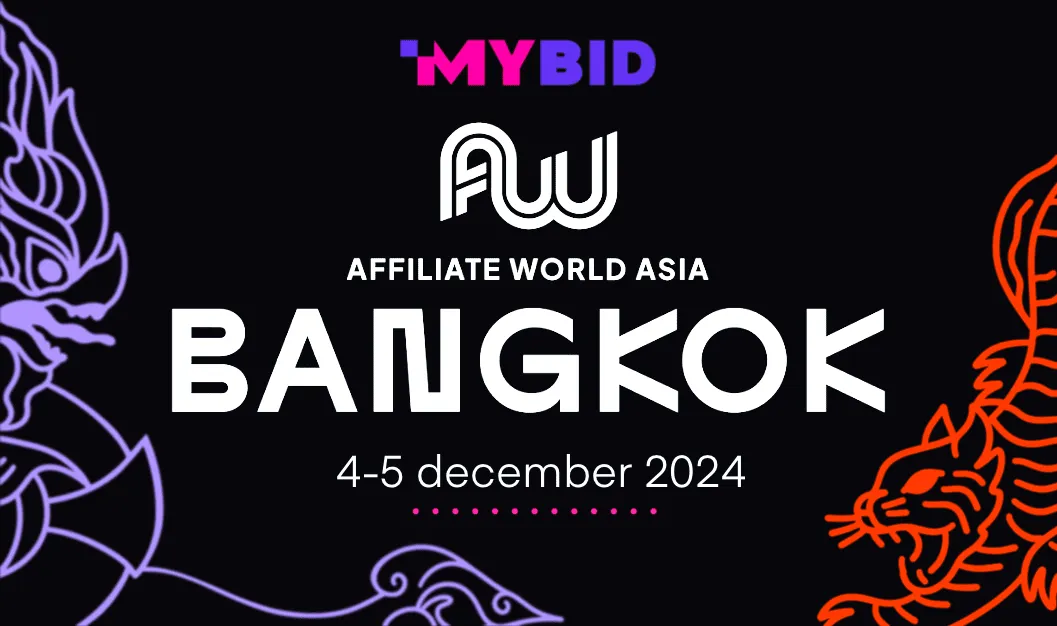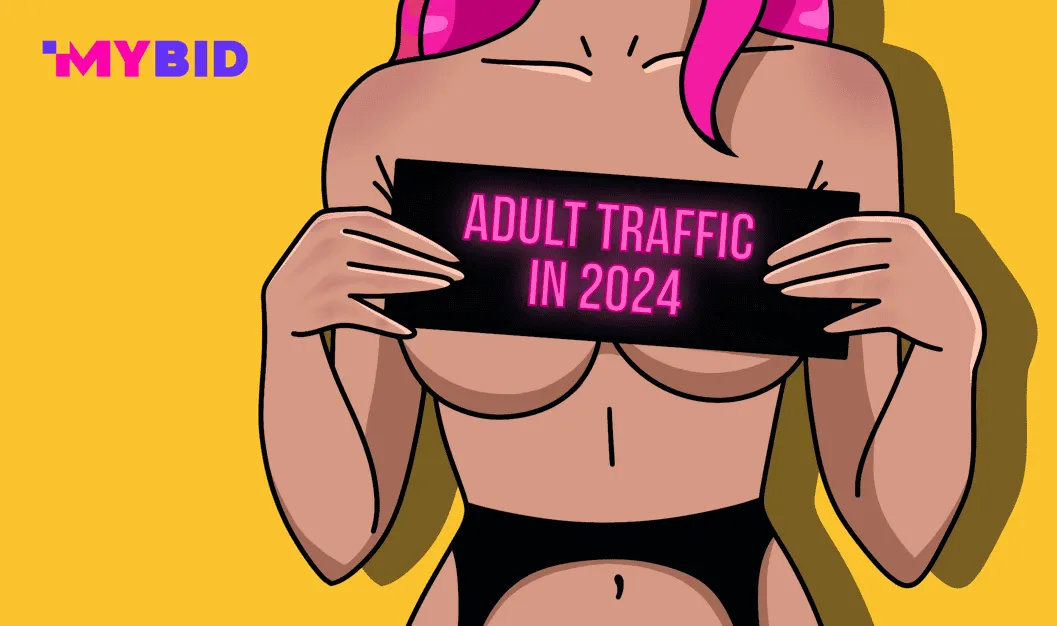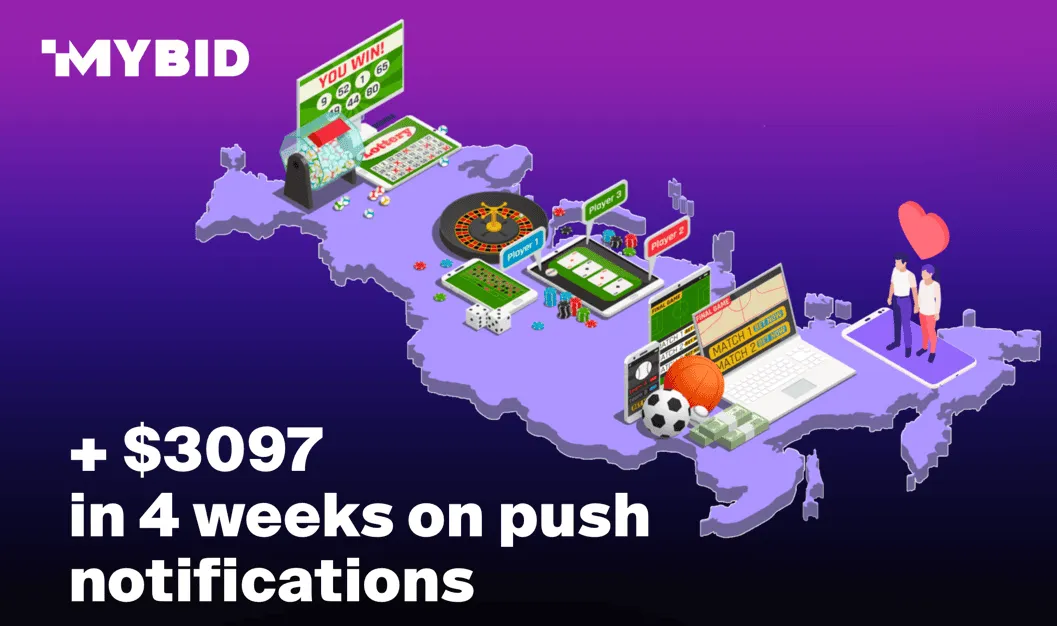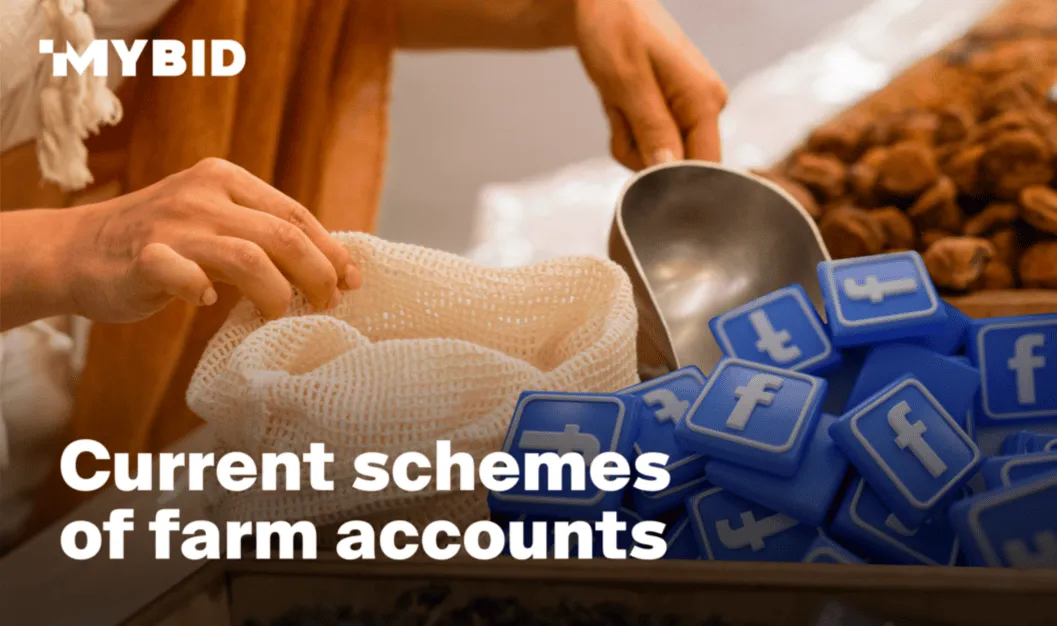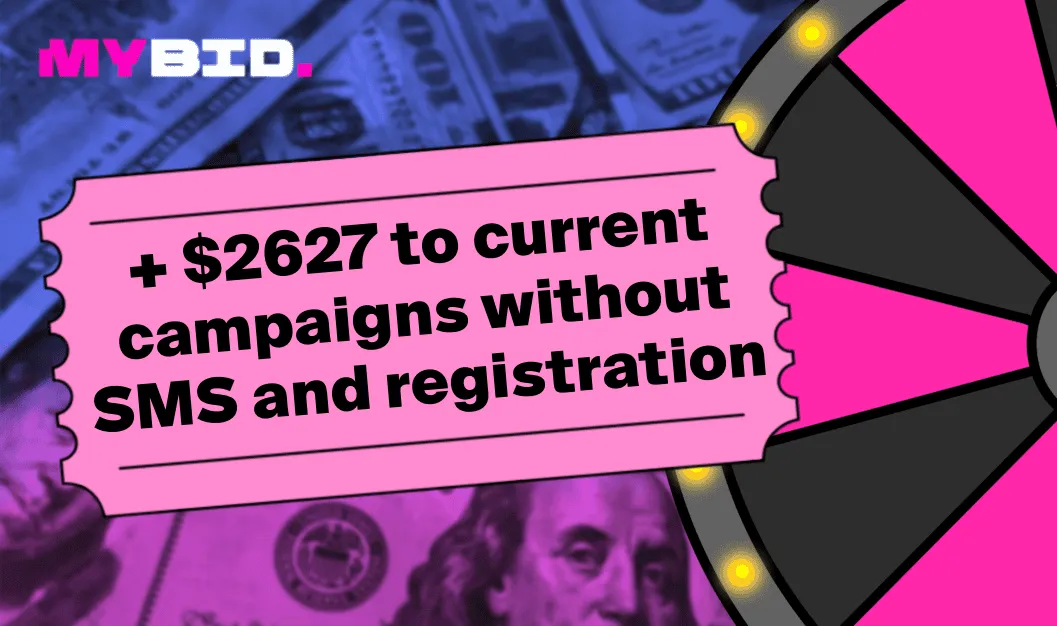The first advertising on the Internet popped up right after the World Wide Web became accessible to regular users. Back in 1994, the world witnessed the debut of the first-ever advertising banner on the Internet. AT&T was the trailblazer, putting it up on the HotWired website. The banner even had a call to action that could still bring in a high CTR these days - "Have you ever clicked your mouse right here? You will!"
During that same year, big companies like Volvo and MSI unknowingly had their banners featured on HotWired as part of offline promotion additions.
Apart from banners and email spam, the 1990s saw the introduction of other advertising formats, including push notifications.
How and when did the first Push Notifications appear?
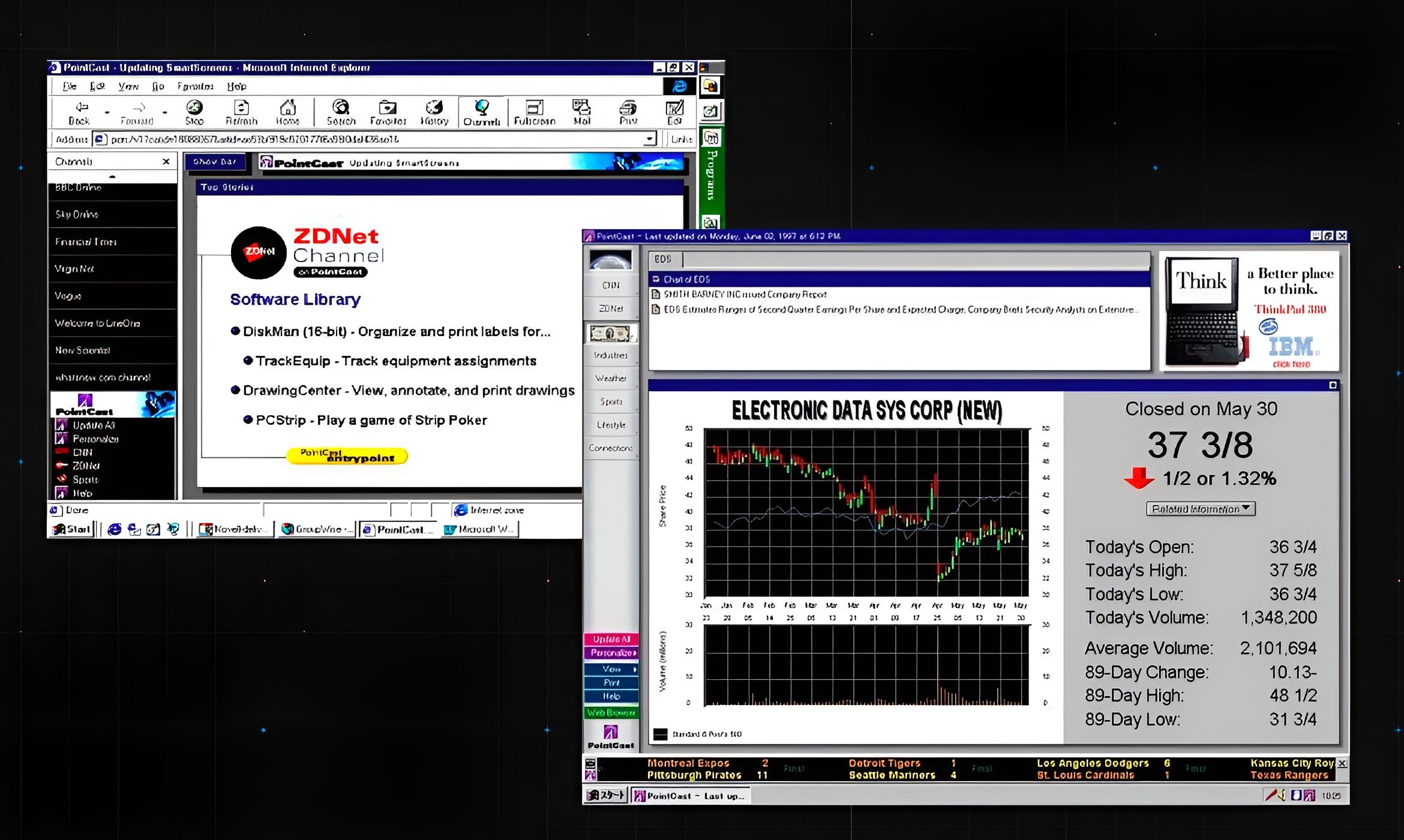
This is what the first push notification looked like
Push notifications gained widespread popularity thanks to the company PointCast, which pioneered the use of this method to deliver newsletters and other updates about changes in the stock market. Many users and companies quickly embraced this innovative way of engaging with their audience. In fact, based on user reviews, it resembled television broadcasting, where instead of videos, static graphics were used to deliver the text content.
During the intense browser wars, tech giants like Netscape and Microsoft jumped on the bandwagon and integrated push notification support into their own browsers.
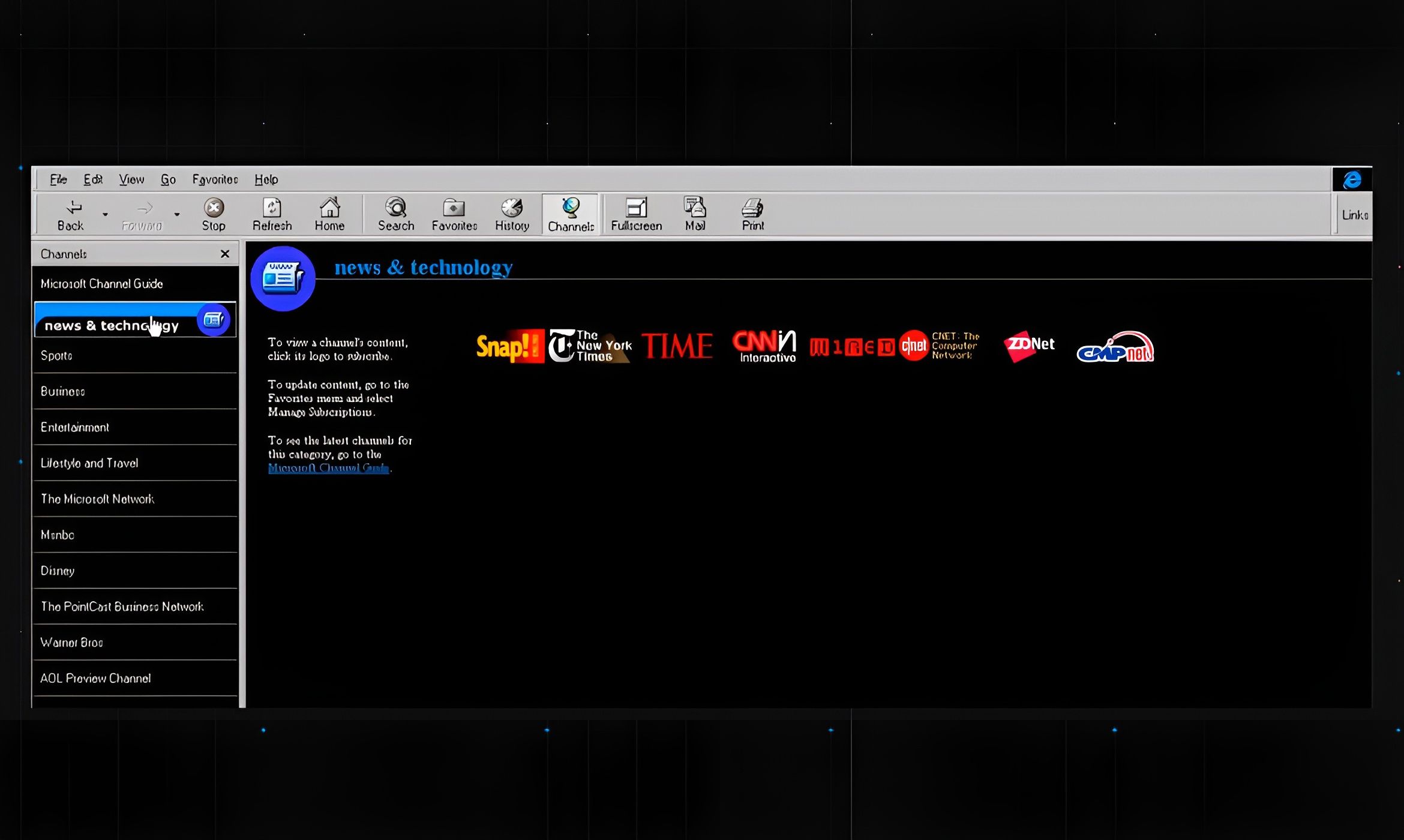
Then, due to the slow internet connection at that time, most users didn't quite appreciate the format and the RSS pull technologies completely replaced push notifications for a while.
Only 10 years later, the classic push notifications, such as those presented today in the fully-managed ad network, MyBid, not only experienced a resurgence but also gained immense popularity.
However, a new problem arose on September 23, 2013, when Google removed AirPush and other ad networks' in-app notifications.
The idea that online advertising can be effectively monetized has firmly taken root in the minds of many affiliate marketers, publishers, and business owners. But, unfortunately, cases of dishonest practices have become more frequent. Advertisers often failed to pay for banners already placed on websites or for the display of push notifications. On the other hand, site owners didn't always set fair prices for such services and sometimes, after receiving an advance payment, failed to fulfill their obligations.
The golden age of Push Notifications in Ad Networks
In 2014, native and banner ad networks embarked on a quest to find algorithms that could tackle the common challenges faced by publishers and advertisers. This pursuit led to the development of cutting-edge automated advertising systems.

Push notifications on desktop devices in 2015-2016
This tool made it possible to recoup every invested dollar and time costs with maximum benefit for all parties involved. Additionally, advertisers using the personal account of the advertising network can track the CTR, the cost of a conversion and a click, and even adjust the bid in the RTB auction without stopping the advertising campaign. This method of buying traffic is known as programmatic buying and is also used by advertising platforms like Google Ads.
Push notifications were primarily used by various online media and the first large Internet companies to promote products and services.
In 2018, the opportunity to purchase push traffic was also extended to members of the affiliate community. The affiliates were attracted by the fact that push notifications allowed them to target almost any vertical, including clear black hat practices such as paid surveys with subsequent debiting of funds from the user's card or binary options.
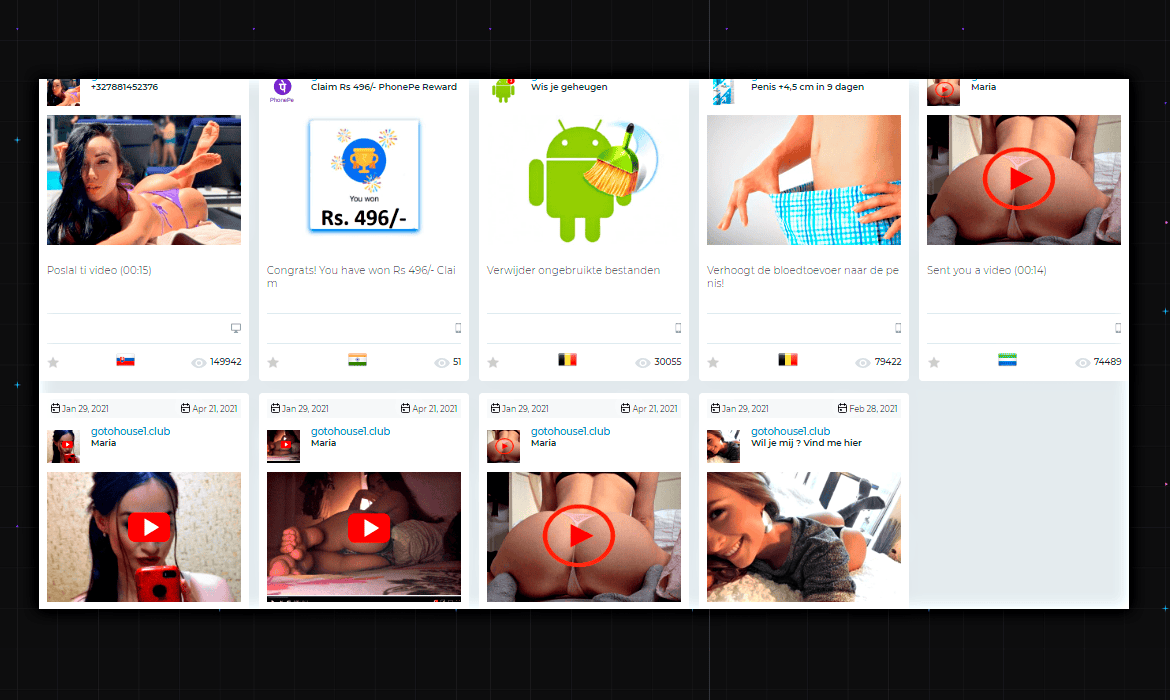
Examples of creatives for uploads with pushes to popular verticals, 2020-2021
Later, in order to steer clear of legal troubles which could arise not only from shady advertisers but also from publishers, networks introduced advertising campaign moderation. In fully-managed networks like Mybid, the creation and optimization of advertising campaigns were entrusted to a dedicated personal manager assigned to each affiliate. Thanks to this approach, you can advertise most grayhat verticals, including gambling, nutra, crypto, adult, etc., without worrying about getting banned or facing payment risks.

One characteristic commonly associated with classic push notifications is that they are displayed to users who have agreed to receive them. However, this format started to bother many users, prompting the developers of the Google Chrome browser to take action against push notifications. Their intention was for push notifications to be genuinely useful rather than becoming a means to promote questionable offers and services. Consequently, domains promoted through push notifications were flagged, and other restrictive measures were implemented.
In addition, privacy settings on Apple devices prevented push notifications from reaching iOS users. As a result, affiliates had to focus on reaching audiences using Android OS and desktop devices only.
The powerful emergence of InPage Push
Push notifications have always been popular since their first appearance. After Google implemented restrictions on them, traffic volumes in advertising networks started to decline due to fewer new subscriptions. However, within just a few months, networks discovered a straightforward and efficient solution. That's when the improved format of push notifications, known as InPage Push (IPP), emerged in 2020.
The format is a blend of a banner and a classic push notification that pops up on the publisher's website when active in the user's browser. This technical solution not only allowed bypassing Google's restrictions but also attracted a more affluent audience - iOS and macOS users.
In most ad networks, this format is distinguished by the absence of a large image. Of course, this is not an issue when exclusively targeting mobile devices, as only the icon, title, and main message are displayed. However, if an affiliate promotes, for instance, antivirus offers for desktop devices, having a large image significantly boosts the ads' click-through rate (CTR).
The MyBid advertising team not only successfully implemented the ability to include large images in ads targeting mobile traffic but also offers the incorporation of various custom solutions into such creatives.
Conclusion
The push notification advertising format in affiliate marketing has been and continues to be one of the most affordable and efficient ways to reach your target audience for many years. Push notifications enable affiliates to promote both whitehat and grayhat offers without the constant worry of getting their accounts banned, as can happen on platforms like Facebook or Google.
Moreover, push notifications will remain a valuable tool in the future as they consistently adapt to market changes, ensuring their effectiveness. Even in the most expensive GEOs , the cost of a lead solely depends on the auction between users of the advertising network.

